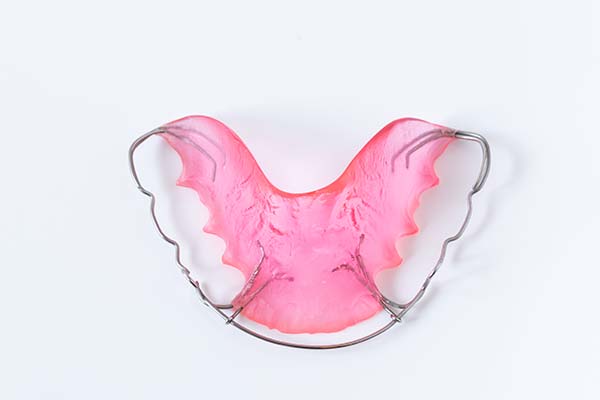 Your orthodontist has many options and approaches available to straighten your teeth and correct other issues. You can have peace of mind to know that each solution can be effective and help you to achieve a new smile. You can then feel good about your appearance and have more self-esteem. If part of your treatment includes wearing a retainer, you may have some questions. It is important to know how this device works and what its purpose is.
Your orthodontist has many options and approaches available to straighten your teeth and correct other issues. You can have peace of mind to know that each solution can be effective and help you to achieve a new smile. You can then feel good about your appearance and have more self-esteem. If part of your treatment includes wearing a retainer, you may have some questions. It is important to know how this device works and what its purpose is.
Understanding retainers
A retainer is an orthodontic device that a patient may wear for different purposes. The appliance holds the teeth in place, usually after the patient has completed treatment with braces or aligners. After a tooth-straightening process, the bone will strengthen. While this is happening, teeth will start to shift to their original places.
Retainers prevent this. Retainers can either be removable or permanent. The device may have a plastic base that fits to the roof of the person’s mouth. Some retainers are made of plastic and are custom-made to fit over the person’s teeth. Others are bonded to the back of the person’s teeth.
How long will the patient need to wear it?
After the orthodontist removes the braces or completes the teeth-straightening treatment, the patient will wear a retainer. The length of time will depend on how well the bone is strengthening and how severe the previous misalignment was. At first, the patient should wear the retainer 24 hours a day. This pattern typically continues for a few months. After this point, the patient should wear it at night for up to a year or more.
How can the patient care for it?
The retainer should last for as long as the patient needs the treatment. However, neglect or rough use can damage the device or make it ineffective. The patient should remove it while eating and rinse it off throughout the day. It is also helpful to brush it twice a day with a soft-bristled brush. When not wearing the retainer, the patient should keep it safe in a container, which the orthodontist will provide.
What happens if it breaks?
Retainers are not indestructible. It is possible to crack the base or rip the plastic. These issues can occur due to dropping it, stepping on it, or biting into something hard. It is essential to call the orthodontist right away and report the damage. At the orthodontist’s office, the team may be able to repair the appliance. In more serious cases, a replacement may be necessary.
Follow the instructions of the orthodontist: wear your retainer
It is exciting to complete your orthodontic treatment. Getting your braces or aligner off is a momentous day. But your responsibilities to keep your teeth straight are not over. You will get a retainer, which you should wear as instructed. Failing to do this will result in having crooked teeth once more and undoing the work that the braces or aligners did. If you have questions or concerns about your retainer, talk to your orthodontist.
Request an appointment or call Price Family Orthodontics at 972-528-5519 for an appointment in our Frisco office.
Related Posts
Many adults opt to straighten their teeth with braces. Whether they have never had braces or their teeth have shifted out of place since having teen braces, it is never too late to work toward a picture-perfect smile. If you choose this traditional teeth-straightening option, it can help you know the types and what to…
Braces are one of the oldest devices used to straighten teeth in dentistry. They work by applying constant force on teeth, slowly improving their alignment over time. Braces consist of brackets, wires, and elastic used to connect both dental arcs.Metal braces are the oldest form of braces, and they have been around for a couple…
Braces are a popular orthodontic treatment to align teeth and correct dental misalignments. They have proven to be effective in achieving a straighter and healthier smile. However, with advancements in orthodontic technology, various types of braces are now available to suit different needs and preferences.When considering braces, it is important to consult with an orthodontist…
